The Great Texas Mopar® Auction: Part XII
Wagons, Crowns, Sleepers and Cruisers, the Great Texas Mopar® Hoard Auction Event presented by Spanky’s Freedom Car Auctions (FreedomCarAuctions.com) has something for every car collector. Last week, we reviewed some of the light trucks and vans that will be sold at no-reserve during the October 13th online-only auction.
This week, let’s revert to lighter fare with a group of highly desirable Mopar vehicles, including the tantalizing “cops and robbers” pairing of a 1959 Dodge Coronet Police Pursuit and a 1957 Plymouth Plaza with the street racer’s dream, a swapped-in Chrysler Fire Power HEMI® V8. We’ll also look at Chrysler’s Imperial past, explore a classic pre-minivan family hauler and get a look at one of Plymouth’s first all-steel body shells from 1937.
And as with every week – right up to the October 13th online-only live auction date – we’ll be back next Friday with another bunch of Mopar collectors’ items from the Great Texas Mopar Hoard Auction Event.
1967 Dodge Monaco Station Wagon: Lot #75
Don’t go looking for a 225 Slant Six or small block 318 V8 in this 1967 Dodge Monaco station wagon. That’s because for 1967 (like 1966), the Monaco’s base engine was the big block 383. Though a 325-horsepower four-barrel, dual-exhaust 383 was offered for an extra $121, this one packs the base G-code two-barrel 383 with single exhaust and 270 horsepower … or it used to.
A circular Road Runner-style unsilenced air cleaner (a modern-era reproduction from Mopar Performance) has replaced the original single-snorkel “low-po” factory air cleaner to make way for an Edelbrock performer four-barrel carburetor and aluminum Performer 383 dual plane intake manifold. Other non-original items include the 1970-up 15×7 Rally Wheels and 1973-up center caps with modern radial tires. But otherwise, this KK1 Medium Turquois Poly (“Poly” means metal flake paint) wagon is highly original and solid.
Factory options include air conditioning ($311), power steering ($73), power brakes ($16), Music Master AM radio ($47) and TorqueFlite® automatic transmission ($183). Somewhat surprisingly, the Monaco’s standard transmission was still a column-shifted three-speed manual gearbox. The sexy A833 four-on-the-floor was a rare and ultra-cool option at $175, which was seldom seen on full-size C-bodies like this Monaco. Production records show that just 8,900 full-size C-body Polara and Monaco station wagons were built in 1967.
1963 Imperial Crown: Lot #74
The 1961 through 1963 Imperial stands alone in post-war automotive design for its – stand-alone – headlamp treatment. Meant to conjure images of the massive drum-type headlamps seen on Gatsby era luxury cars, the chromed pods are a love it/don’t love it affair with most viewers. This 1963 Imperial Crown Southampton two-door hardtop is one of just 1,067 built. Far more (6,960) were built with four-door bodies.
At the other end of the body, the fin-top mounted tail lamps of 1962 were integrated into the bodywork and the 413 four-barrel big block wedge was the only engine offering – as it had been since 1959. Still wearing its somewhat faded Formal Black paint, the metal dealership emblem from Pollock Motors in Blackwood, New Jersey, adorns the deck lid as it has for the past 58 years.
Priced new at $5,412, this Imperial Crown Southampton cost $26 more than the $5,386 Cadillac Coupe DeVille and $858 less than the $6,270 Lincoln Continental, its primary domestic competitors (the greater cost of the Continental was largely due to the fact it was only offered as a “suicide door” four-door. Lincoln didn’t offer a two-door Continental until 1966).
In fantastic unrestored condition, this 1963 Imperial Crown marks the final appearance of the neo-classic stand-alone headlamps. As a sleek two-door, potential transformation into a cutting-edge resto-mod is just a Roadster Shop Chassis and Hellephant 426 crate engine away!
1937 Plymouth Business Coupe: Lot #68
Plymouth celebrated its tenth anniversary when this 1937 Plymouth P4 Deluxe coupe was a new car. 1937 was a year of firsts and lasts. It was the first year for solid, one-piece metal roof stampings to replace the (non-opening) fabric roof inserts used in previous years as Chrysler Corporation invested heavily in the massive metal stamping equipment needed to produce such large one-piece panels. 1937 was also the last year for the convenient hinged windshield. A nifty rotary crank allowed the base of the top-hinged windscreen to separate a few inches from the cowl for superlative ventilation – and dust entry.
This two-seat business coupe features a massive trunk compartment that made these cars popular with traveling salesmen – and rum runners. The bone stock 201-cubic-inch flathead six and floor-shifted three-speed manual gearbox are unmolested and factory options are few. The original buyer of this one skipped the $53.95 expense of the Philco Transitone radio (a conspicuous trio of metal block-off plugs fill the voids in the dash) but did splurge on the Accessory Group B, which consisted of the passenger side windshield wiper and right-side brake/tail lamp seen on this car.
Typically found in advanced states of decay, surviving 1937 Plymouths are few and far between. This one is a shining example – even if its paint is faded.
1957 Plymouth Plaza HEMI® Swap: Lot #67
Less can often be so much more. This 1957 Plymouth Plaza two-door sedan may be a base model, but there’s a HEMI engine surprise under the hood. Though born a basic pillar coupe (the polar opposite of the sleek Fury hardtop) with a three-on-the-tree manual transmission (and probably a base 276 or 299 V8), somewhere along the line, a huge Chrysler Fire Power HEMI engine – with dual quads – made its way between the front fenders.
Make no mistake, though Chrysler, Dodge and DeSoto all offered HEMI-type engine options in the 1950s, Plymouth’s optional V8s were strictly of the polyspherical type until 1964 when the 426 Race HEMI engine helped transform the brand – and win the Daytona 500. Not here.
Some speed demon plunked a first-generation 1953-58 Fire Power HEMI engine under the hood (the 1951-early-53 Chrysler blocks had an awkward integral bell housing that’s not seen here). Better still, an aftermarket aluminum intake mounting dual Edelbrock Performer four-barrel carburetors elevates things to dual quad mega-status. This is most likely a 354- or 392-cubic-inch version of the Chrysler HEMI engine (though exact displacement and internal modifications are unknown).
Oddly, the rest of the car is very plain and bare, with manual steering and drum brakes. And perhaps most shocking of all, the stock column-mounted manual transmission linkage is still in place. It’s attached to a three-speed manual transmission of unknown specifications. Could it be a burly Borg-Warner T85 – as used in Max Wedges? The original-style rear axle is also in place – complete with two-piece, flanged axle shafts. Austere 15×5.5-inch police/fleet-type steel rims are still affixed to the hubs via the original bolts (wheel studs and nuts arrived a few years later).
Though a small amount of rust has begun to chew on stylist Virgil Exner’s “Suddenly It’s 1960” finned body, the overall impact of this HEMI engine-powered machine is one of reserved understatement. We hope this car is returned to full function with no changes to its all-business vibe. This is one special “sleeper”!
1959 Dodge Coronet California Highway Patrol Cruiser: Lot #66
To many observers, this 1959 Dodge Coronet Police Pursuit rates with the handful of Chrysler 300 “letter cars” as one of the standout offerings in this auction. A real-deal Police model – as identified by the 9 in the third spot of the M394100712 VIN tag (Dodge used this “Special” model designator through 1964) – it’s also got the big block D-500 383, in its first year of production. Only the Super D-500 was hotter with its dual four-barrel carburetors, but many law enforcement agencies balked at the maintenance and fuel consumption issues likely to come with exotic multiple carburetion.
The California Highway Patrol was one such law enforcement agency to shun the dual quad 383 Super D-500 and based on the black and white livery, this Coronet probably came from the CHP. Inside, the TorqueFlite automatic transmission’s push button shift controls share space on the dash with full gauges – including an incredibly rare oil pressure gauge (not the usual idiot light) and certified 120 mph speedometer. The bench seats are specially reinforced with extra springs and thicker cushions (front) for longer wear in police service.
The cowl and rear package shelf wear the red-lens GE police “pull over” lamps and the original Perko Sea-Mite siren stands ready to separate traffic for high-speed emergency passage. As with every 1959 Dodge Coronet Police Pursuit, it rides on heavy-duty suspension with front sway bar, 11-inch drum brakes, high-speed drive shaft and has extra body reinforcements for emergency roof light mounting as well as multiple body and chassis grounds to prevent radio interference.
On November 19-20, 1958, the California Highway Patrol compared a 1959 Coronet Pursuit against a Pontiac Catalina and Mercury Monterey Patrol King at Riverside Raceway and the Palmdale airport. The single four-barrel-equipped 383 Coronet Pursuit ran away from the competition in all tests, a result that undoubtedly led to the purchase of this very Dodge as part of a 100-plus car fleet order for 1959.
Though they receive the best maintenance, police cars also get the harshest treatment and are typically sold at auction after reaching 80,000 miles or so. Those that are not worn out typically live on as taxi cabs or get purchased by scavengers for their high-performance components. Few survive intact. This legitimate 1959 Coronet Super D-500 Pursuit is truly a special discovery.
Well that’s it for this week’s preview of the Great Texas Mopar Auction Event. But fear not, we’ll be back next week with another look at more cars that will be auctioned on October 13, 2021, at no-reserve during the all-day, all-online auction.
Meanwhile check out these other great Mopar vehicles up for grabs:
The Great Texas Mopar Auction: Preview
The Great Texas Mopar Auction: Part II
The Great Texas Mopar Auction: Part III
The Great Texas Mopar Auction: Part IV
The Great Texas Mopar Auction: Part V
The Great Texas Mopar Auction: Part VI
The Great Texas Mopar Auction: Part VII
The Great Texas Mopar Auction: Part VIII
The Great Texas Mopar Auction: Part IX
The Great Texas Mopar Auction: Part X
The Great Texas Mopar Auction: Part XI
The Great Texas Mopar Auction: Part XIII
The Great Texas Mopar Auction: Part XIV
The Great Texas Mopar Auction: Part XV
The Great Texas Mopar Auction: Part XVI

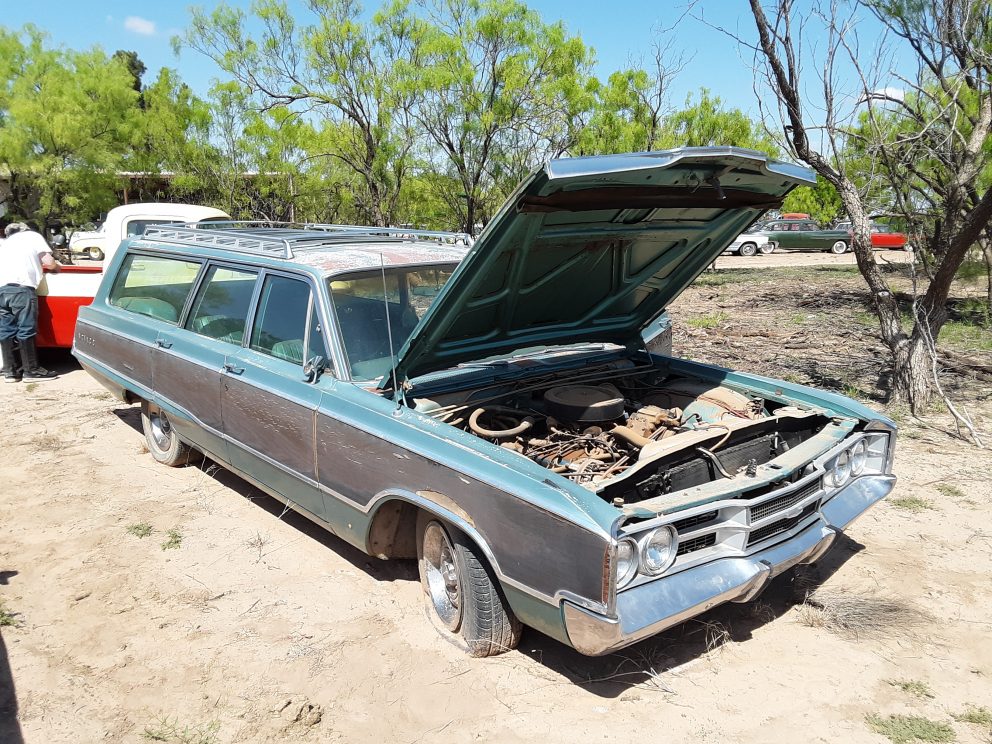
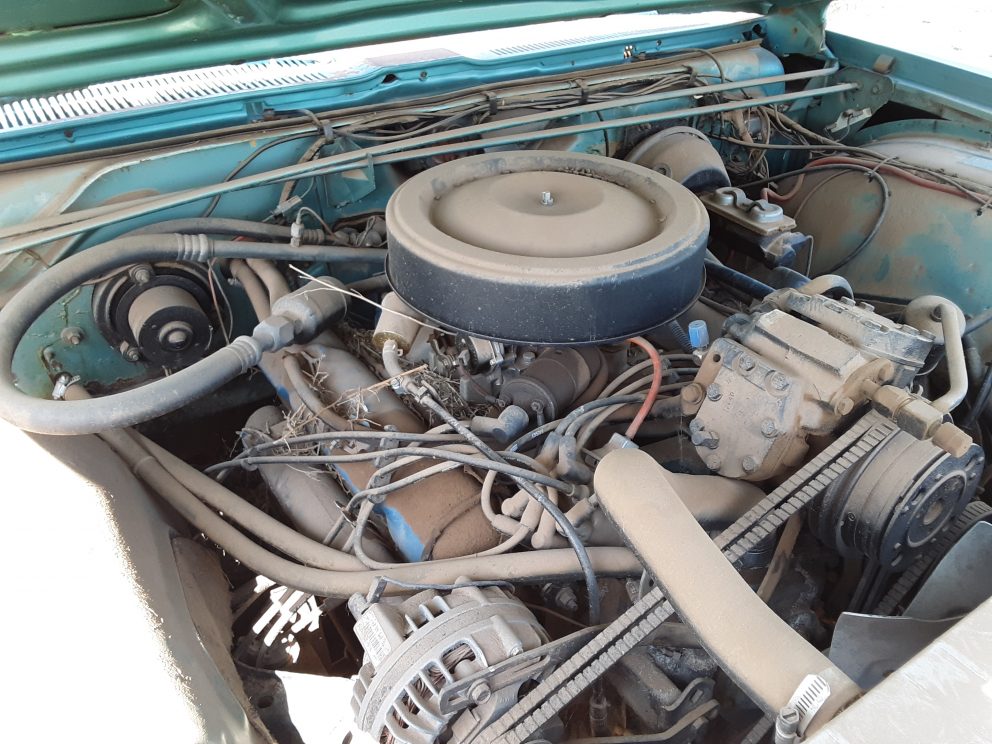
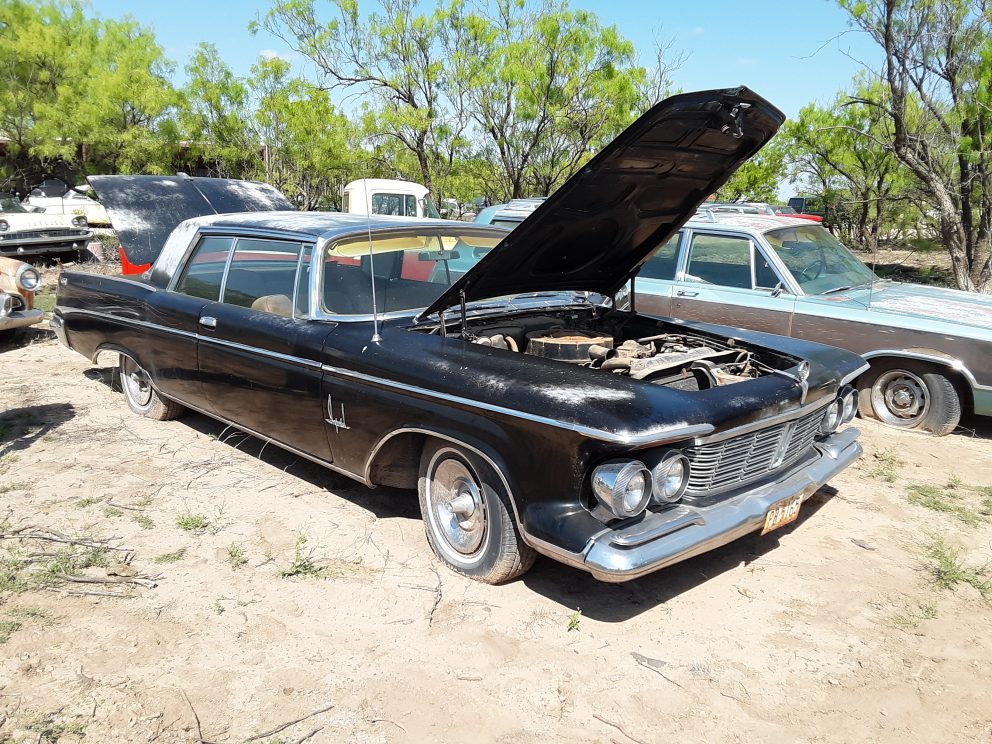
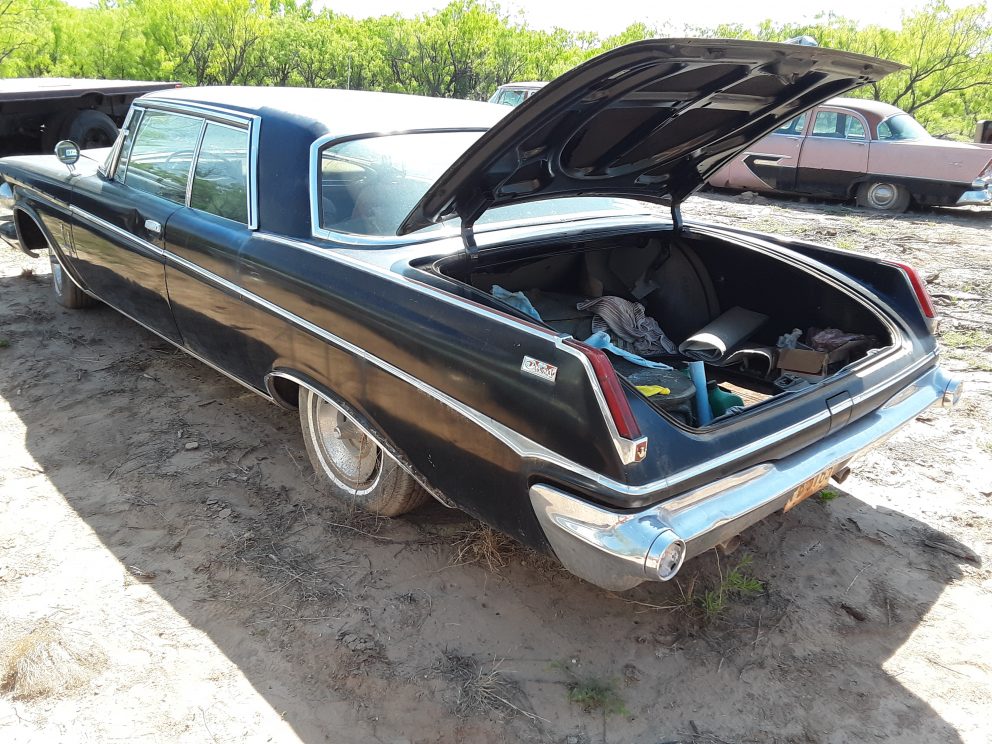
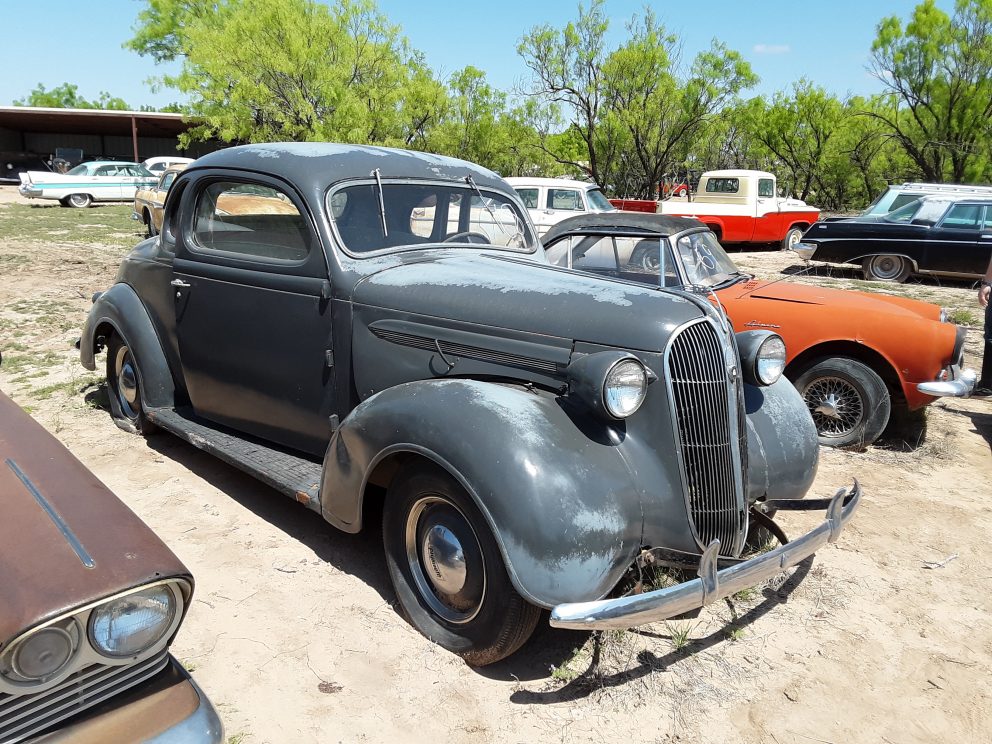
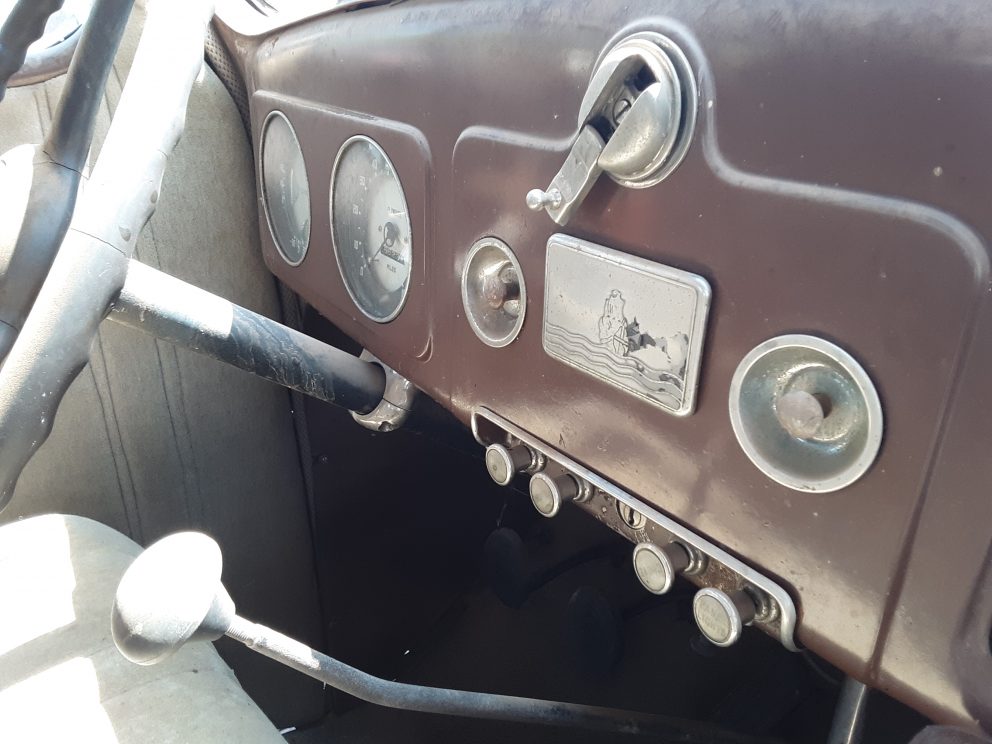
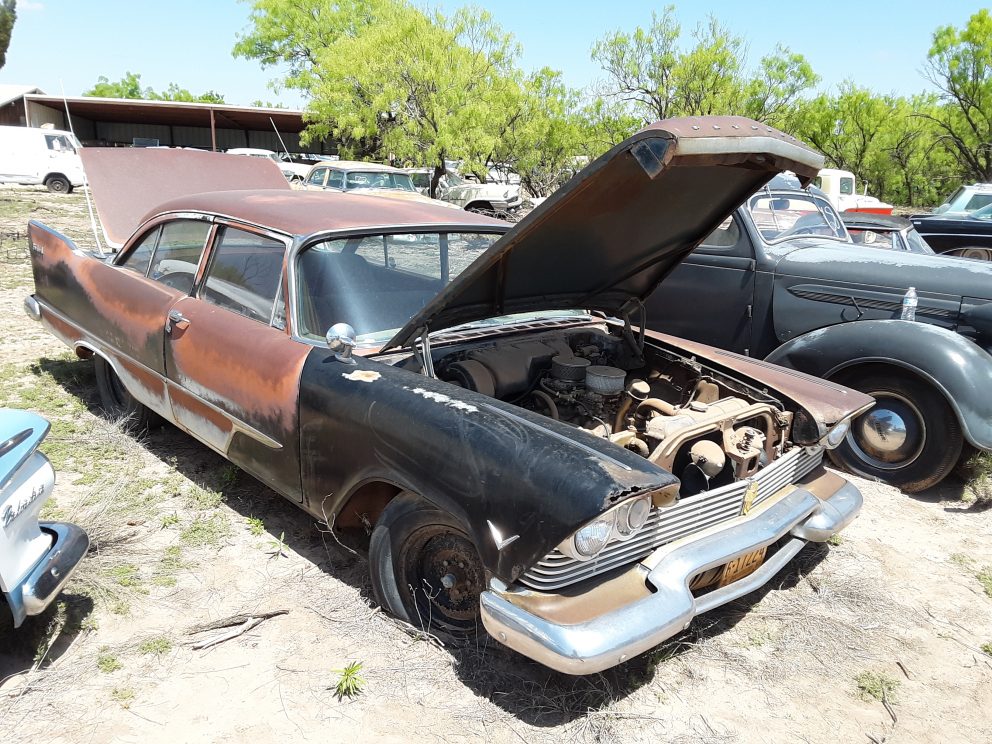
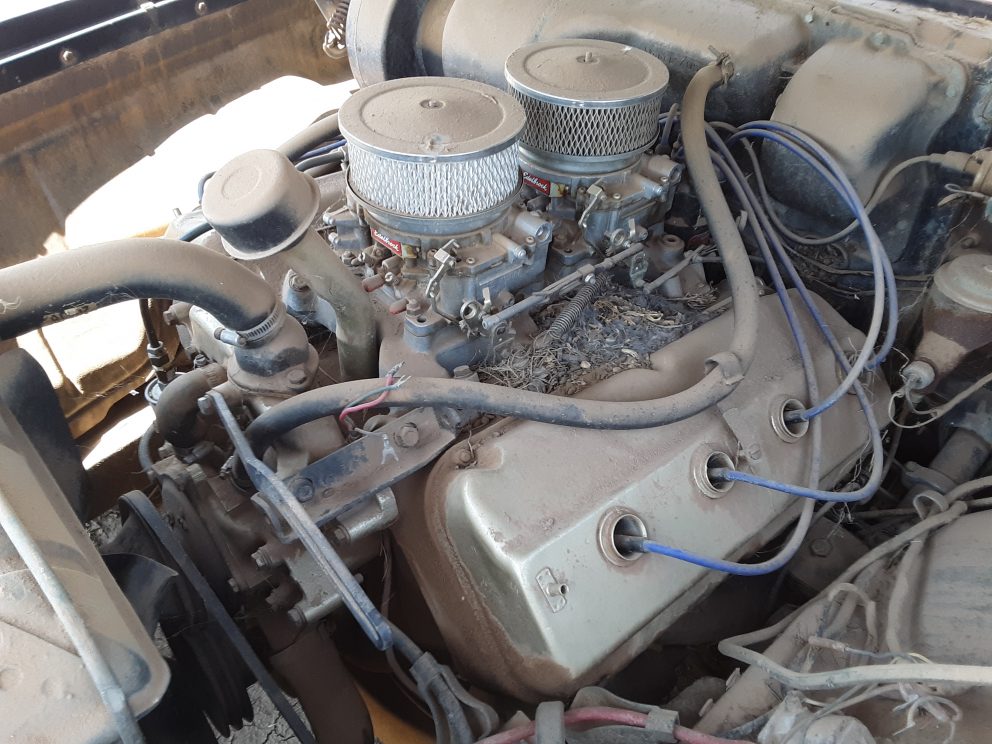
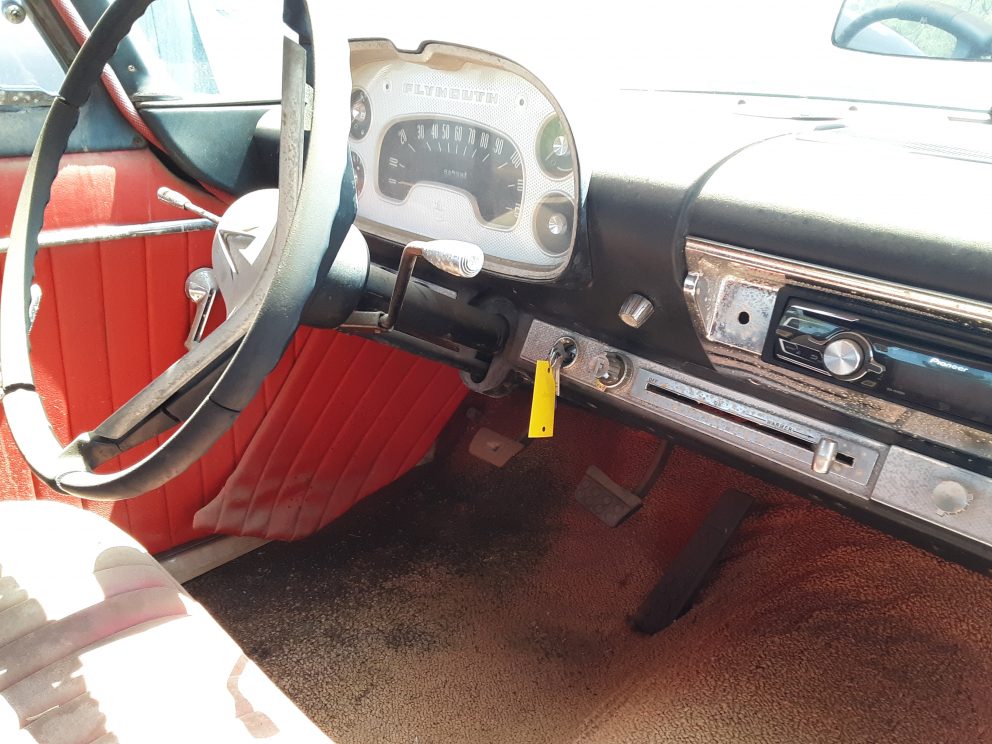
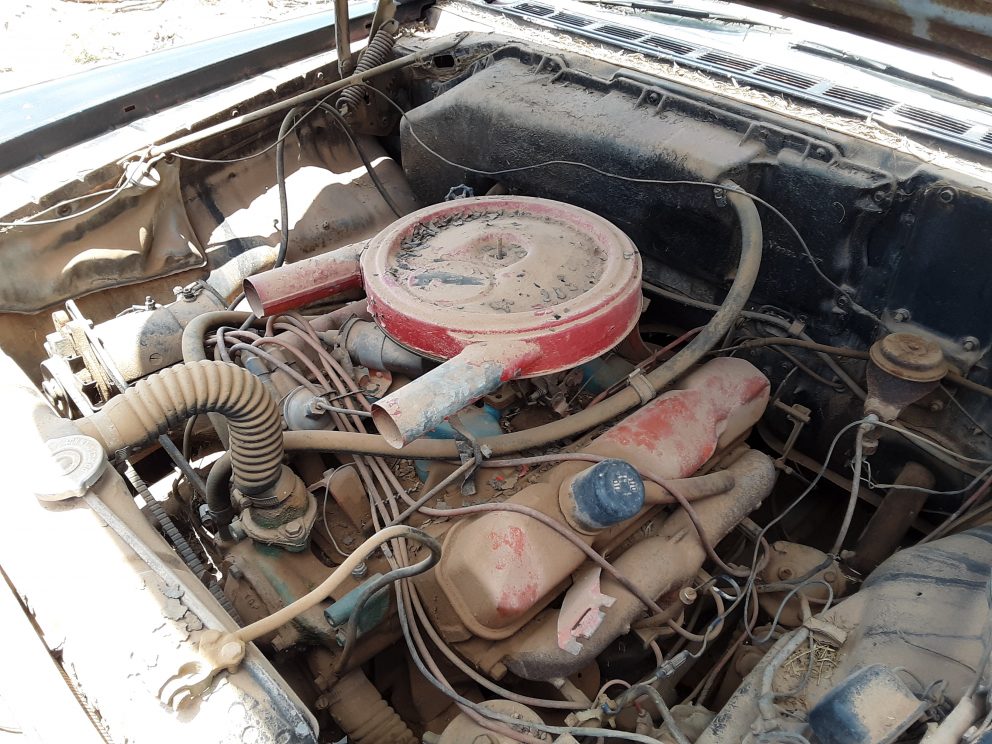
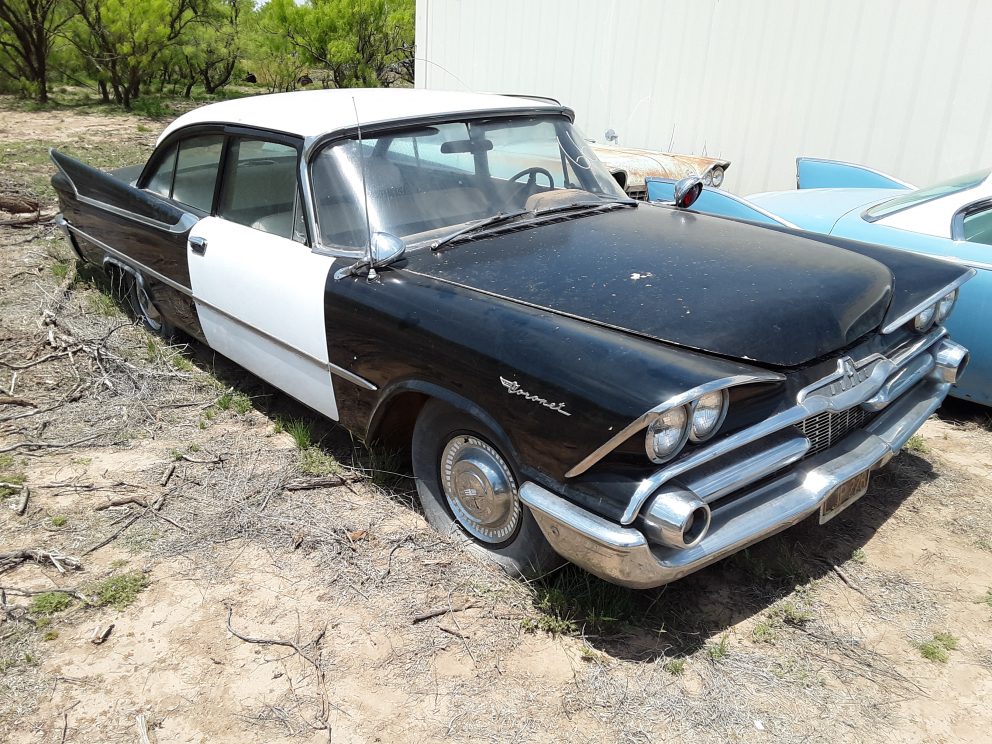
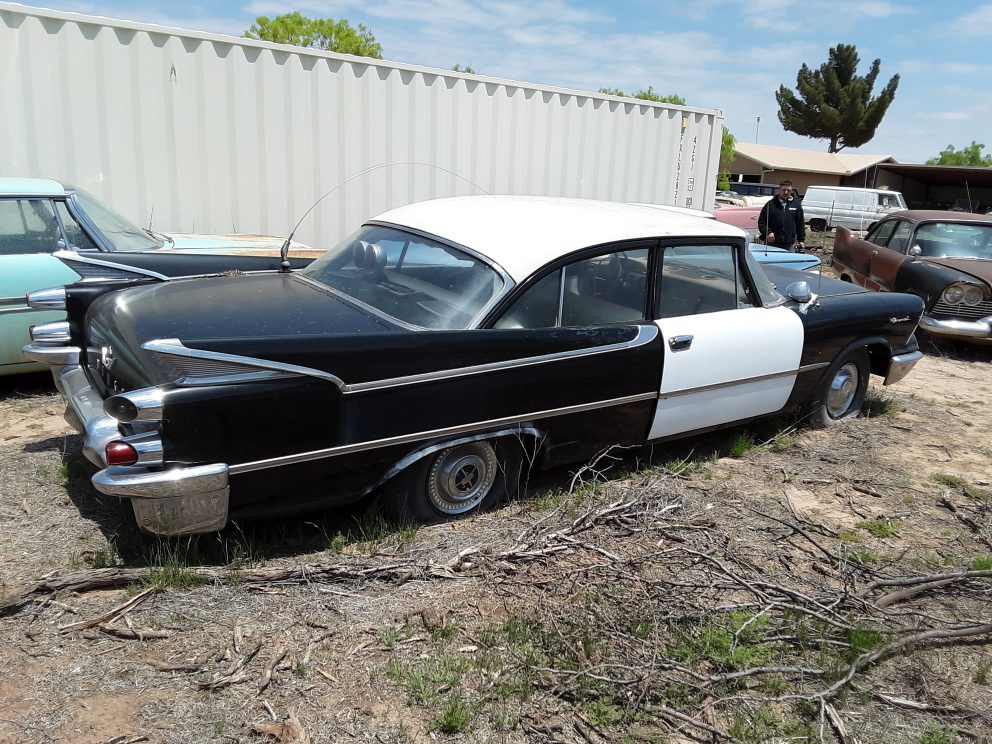
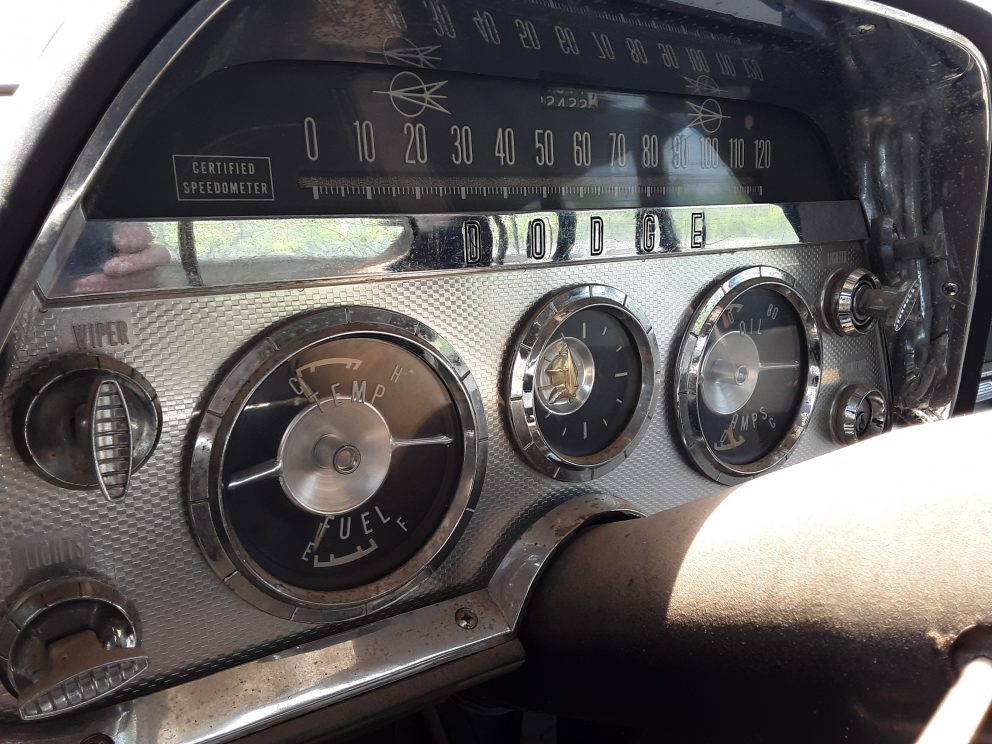
0 Comments